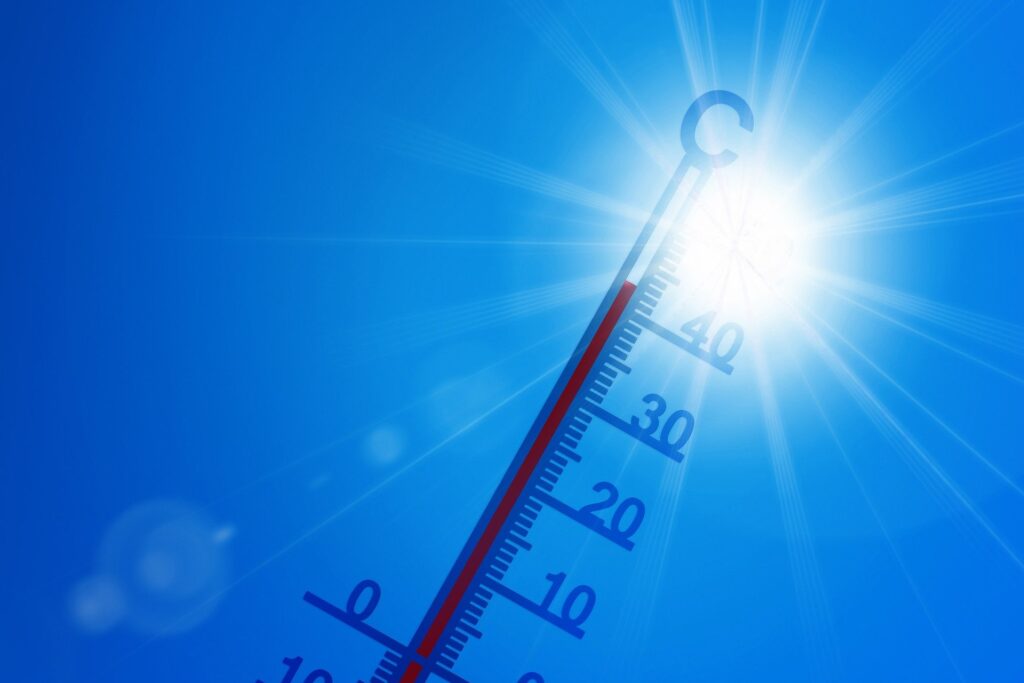The first stork landed. The first apricot blossoms sprouted. The first ticks and hedgehogs awakened from hibernation and were spotted. In short, spring has already begun in the middle of winter this year.
Vegetation is around two to three weeks early this year, as are migratory birds. A stork moved into its nest in Deutschkreutz in Burgenland as early as February 22. The white stork that arrived at the WWF floodplain reserve in Marchegg (Lower Austria) on February 29 was also the first to land in Marchegg last year; it is ringed and therefore recognizable. However, this stork outdid itself this year and arrived a week earlier than in 2023.
The winter of 2023/’23 was exceptional: weather measurements have been taken in Austria for 257 years—never before has it been as warm as last winter. Calculated over the entire federal territory and including all altitudes and depths, the average temperature in the three (meteorological) winter months of December, January, and February was 1.5 degrees. However, according to the Ubimet weather service, minus 1.6 degrees would be normal if the average value of the past 30 years is taken as a basis.
Why it was too warm
This winter was, therefore, 3.1 degrees too warm, which, according to Nikolas Zimmermann from Ubimet can be attributed to two factors: the general weather situation due to the record warmth of the North Atlantic, which brought air masses that were far too mild, and global warming also playing its part. In some regions, February drove the thermometers higher than previous peak values in March, for example, in the Vienna Basin. Speaking of March, the first month of spring arrived in the first few days, with temperatures almost five degrees higher than usual.
However, according to the forecast, temperatures should fall to the usual level shortly, with daily highs between three and eleven degrees, depending on the region. Even frost is now possible, and Friday could be the day. “That’s normal,” emphasizes Zimmermann. “But it is not that the plants are developing so early.”
The effects of the winter warmth have long been visible. The hazelnut bushes were already flowering around ten days earlier than usual at the end of January, and snowdrops were already sprouting. Apricot trees were already showing their first delicate buds in February. But what are the consequences of the early start, for example, for agriculture?
“Basically, it has no adverse effects,” answers Herbert Muster, head of the fruit growing department at the Styrian Chamber of Agriculture. “Except that we must wait longer to see if it gets really cold again.” The waiting period for farmers is not over until mid-May, when the infamous “ice saints” are over.
Where the weather currently has no influence
The traditional farmer’s rule and the well-known risk of frost have “not changed, even if everything starts very early this year,” muses Muster. “In fruit growing, all it takes is one night of frost, and the damage is huge.” However, the warm winter has not affected arable crops, and vegetable growers are also enjoying the winter sun, says Muster: “Vegetables are developing very well.”
- source: kurier.at/picture: pixabay.com
This post has already been read 3844 times!



